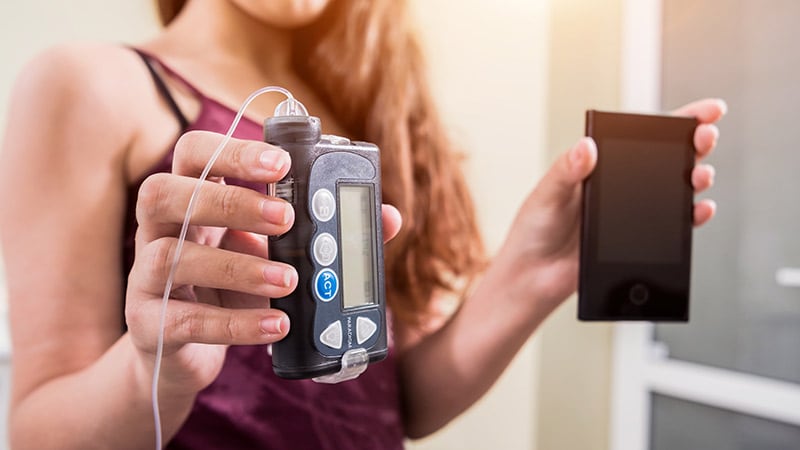9 Things to Know About Biosimilars and Interchangeable Biosimilars
June 20, 2024Considerations in Demonstrating Interchangeability With a Reference Product Guidance for Industry
June 20, 2024
TOPLINE:
In patients with type 1 diabetes (T1D), sodium-glucose cotransporter 2 (SGLT2) inhibitors plus glucagon receptor antagonists (GRAs) may improve glycemic control, reduce insulin use, and mitigate ketogenesis risk compared with SGLT2 inhibitors alone.
METHODOLOGY:
- SGLT2 inhibitors are known to be effective in treating diabetes but can increase fasting glucagon levels, which reduces the drugs’ ability to lower blood glucose levels and enhances ketone production.
- In this randomized, double-blind, placebo-controlled trial, researchers tested whether combining a GRA with an SGLT2 inhibitor would improve glucose control, reduce insulin requirements, and mitigate the risk for diabetic ketoacidosis in patients with T1D.
- They enrolled 12 patients (mean age, 38 years; 58% women; mean T1D duration, 24 years) and randomly assigned them to receive an SGLT2 inhibitor with either a GRA or a placebo for 4 weeks, followed by a 6-week wash-out with insulin only, and then a crossover switch between treatment groups for 4 weeks.
- All patients received continuous subcutaneous insulin infusion and underwent continuous glucose monitoring for ≥ 8 weeks at baseline, with the total daily insulin dose < 1 unit/kg/d.
- Data on continuous glucose monitoring, insulin dosing, and insulin withdrawal tests were collected at baseline and during treatment with the SGLT2 inhibitor and SGLT2 inhibitor plus GRA, and patients completed a series of questionnaires on treatment acceptability and satisfaction.
TAKEAWAY:
- The average glucose level decreased (131 mg/dL vs 138 mg/dL; P = .01) and the percent time in the target glucose range increased (86% vs 78%; P = .03) after treatment with SGLT2 inhibitor plus GRA compared with SGLT2 inhibitor plus placebo.
- Combination therapy with the SGLT2 inhibitor plus GRA also reduced the total daily insulin use vs SGLT2 inhibitor plus placebo (0.41 vs 0.52 units/kg/d; P = .002).
- The peak beta-hydroxybutyrate levels during insulin withdrawal tests were lower with the combination therapy (2.0 vs 2.4 mmol/L; P = .048) and were similar to the levels observed at baseline before initiation of SGLT2 inhibitor treatment.
- Patients receiving the combination therapy reported more treatment satisfaction than those receiving treatment with the SGLT2 inhibitor alone.
IN PRACTICE:
“These outcomes underscore glucagon’s critical role in T1D metabolism and the potential of blocking glucagon action, which could facilitate the safe use of SGLT2 inhibitors,” the authors wrote.
SOURCE:
The study was led by Schafer C. Boeder, MD, from the Division of Endocrinology and Metabolism, Department of Medicine, University of California San Diego (UCSD) and was published online in Diabetes Care.
LIMITATIONS:
The small sample size and short treatment duration were major drawbacks of this study. The efficacy of pharmacologic glucagon as a rescue therapy for severe hypoglycemia in the context of glucagon blockade (GRA therapy) remains a critical unanswered question.
DISCLOSURES:
This article was supported by the UCSD/University of California, Los Angeles – Diabetes Research Center; the UCSD Altman Clinical and Translational Research Institute; and Diabetes Research Connection. Some authors declared receiving consulting fees or advisory board fees from pharmaceutical, medical device, and diagnostic companies.
